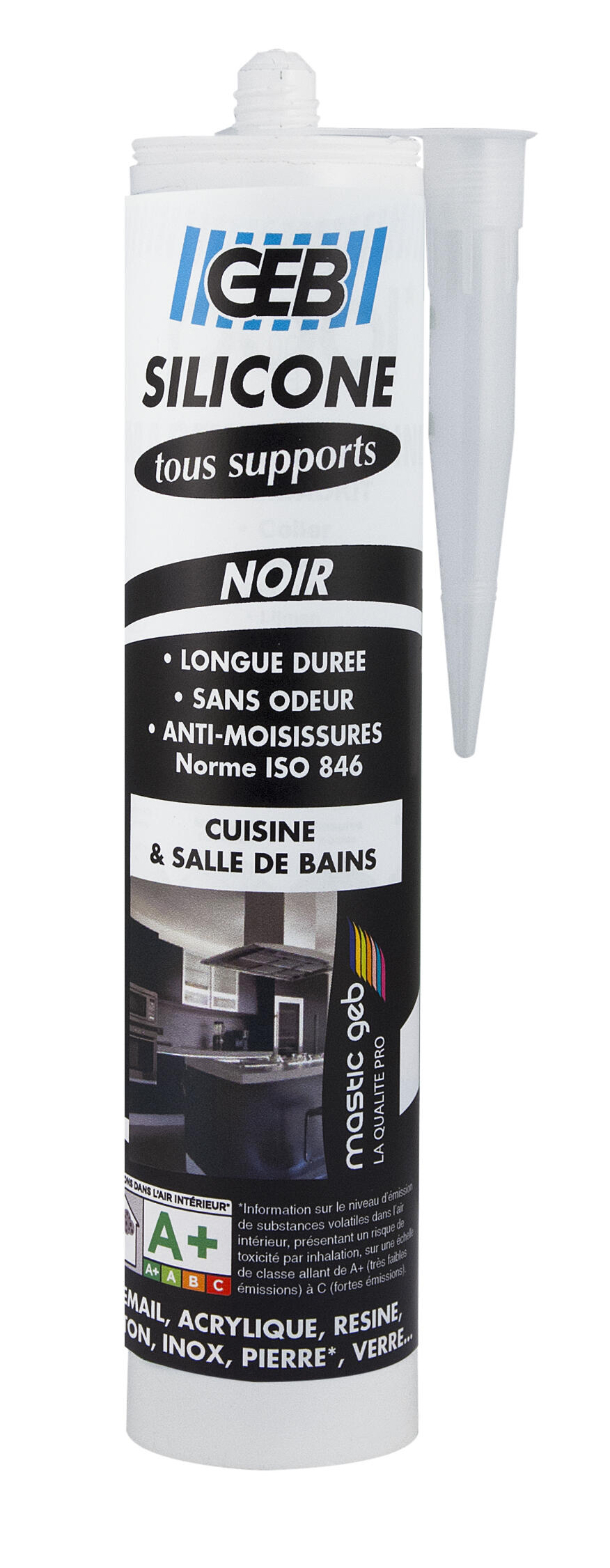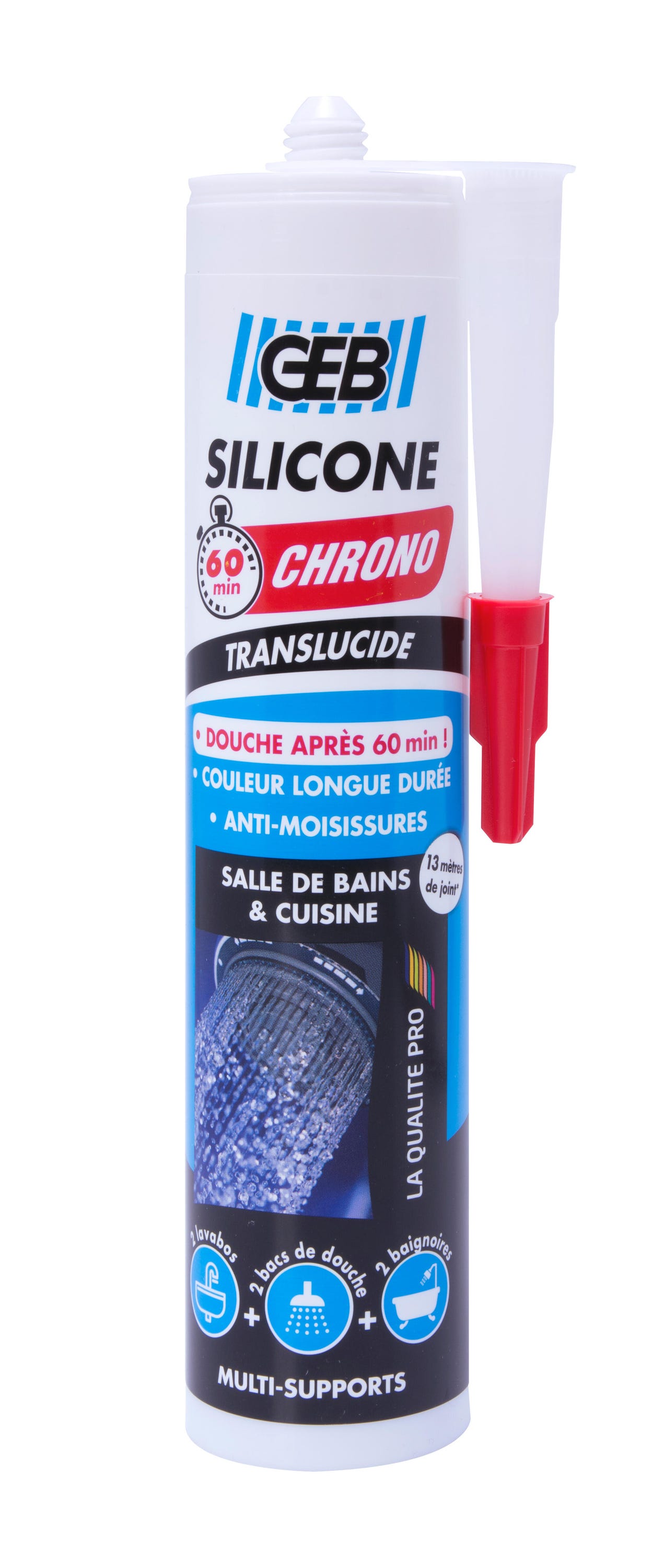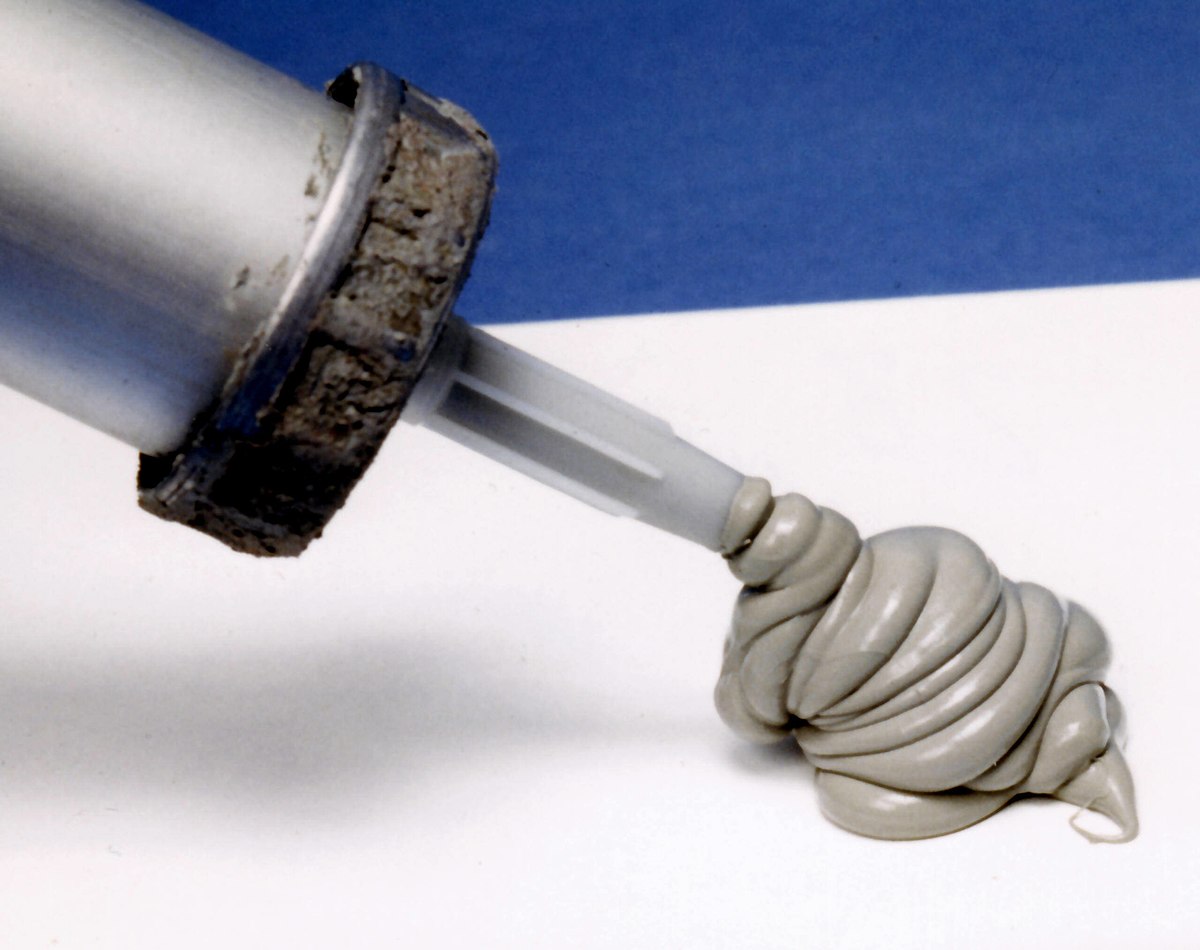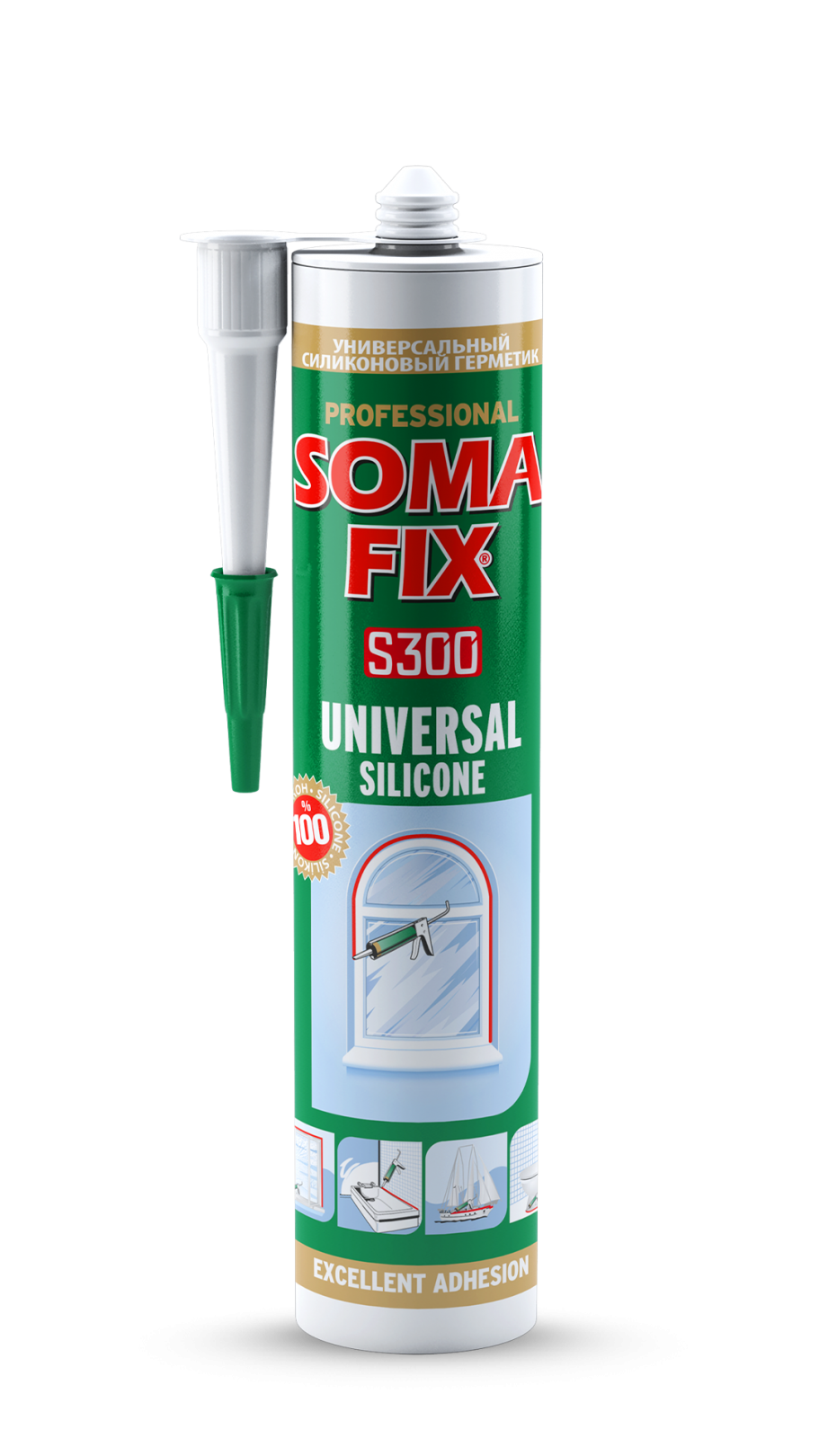Once mixed and coloured, silicone rubber can be extruded into tubes, strips, solid cord or custom profiles according to the size specifications of the manufacturer. Many fabrics can be coated or impregnated with silicone to form a strong, waterproof composite such as silnylon. For example, a waterborne formulation using a silane's reactivity and penetration ability into a mineral-based surface can be combined with water-beading properties from a siloxane to produce a more-useful surface protection product. This allows water-based formulations to be used to deliver many ingredients that would otherwise require a stronger solvent, or be too viscous to use effectively. The strength and reliability of silicone rubber are widely acknowledged in the construction industry. Silicones are used in shaving products and personal lubricants. S2CID Triphenylsilicol and alkyloxysilicon chlorides". Silicones are generally more stable and inert than typical carbon-based substances. Slade It is also available in virtually any colour, and can be colour matched.


Similarly, precursors with three methyl groups can be used to limit molecular weight, since each such molecule has only one reactive site and so forms the end of a siloxane chain. When silicone is burned in air or oxygen, it forms solid silica silicon dioxide , SiO 2 as a white powder, char, and various gases. Silicones are compounds that contain silicon, carbon, hydrogen, oxygen, and perhaps other kinds of atoms as well, and have many very different physical and chemical properties. Silicone polymers have an exceptional breadth of chemical and physical properties, and can be manufactured in many forms, including:. Polydimethylsiloxane PDMS is often used for this purpose, since its specific crosslinking results in a flexible and soft silicone with high durability and tack. This extends the uses of silicone sheeting to industries that demand hygiene, for example, food and beverage, and pharmaceuticals.
Change region:
To make silicone, the silicon atoms must be isolated from the silicon dioxide compound silica. The curing process leaves behind byproducts, which can be an issue in food contact and medical applications. What are the benefits of Silicone Caulk Moulds. One-part silicone sealants and caulks are in common use to seal gaps, joints and crevices in buildings. Particular silicone compounds, cyclic siloxanes D 4 and D 5 , are air and water pollutants and have negative health effects on test animals. It is biocompatible , hypoallergenic , which makes it suitable for baby care products, and food contact in general. Silicone rubber is a material of choice in industry when retention of initial shape and mechanical strength are desired under heavy thermal stress or sub-zero temperatures. Additionally, silicone compounds such as silicone rubber are used as coatings and sealants for airbags ; the high strength of silicone rubber makes it an optimal adhesive and sealant for high impact airbags. Cena ,38 zł. Higher polymers were proposed to form with time. Indeks:
Uniwersalny smar silikonowy Silicone FG
- Cena ,75 zł.
- Blunder, N.
- Silicone rubber is a material of choice in industry when retention of initial Silicone and mechanical strength are desired under heavy thermal stress or sub-zero temperatures, Silicone.
- Cena 93,95 zł.
- Kudin; O.
Silicone rubber is an elastomer rubber-like material composed of silicone —itself a polymer —containing silicon together with carbon , hydrogen , and oxygen. Silicone rubbers are widely used in industry, and there are multiple formulations. Silicone rubbers are often one- or two-part polymers, and may contain fillers to improve properties or reduce cost. Due to these properties and its ease of manufacturing and shaping, silicone rubber can be found in a wide variety of products, including voltage line insulators; automotive applications; cooking, baking, and food storage products; apparel such as undergarments, sportswear, and footwear; electronics; medical devices and implants; and in home repair and hardware, in products such as silicone sealants. In its uncured state, silicone rubber is a highly adhesive gel or liquid. To convert it to a solid, it must be cured , vulcanized , or catalyzed. This is normally carried out in a two-stage process at the point of manufacture into the desired shape, and then in a prolonged post-cure process. It can also be injection molded or 3D printed. Silicone rubber may be cured by a platinum -catalyzed cure system, a condensation cure system, a peroxide cure system, or an oxime cure system. For the platinum-catalyzed cure system, the curing process can be accelerated by adding heat or pressure. In a platinum-based silicone cure system, also called an addition system because the key reaction-building polymer is an addition reaction , a hydride - and a vinyl -functional siloxane polymer react in the presence of a platinum complex catalyst, creating an ethyl bridge between the two. Such silicone rubbers cure quickly, though the rate of or even ability to cure is easily inhibited in the presence of elemental tin , sulfur , and many amine compounds. Condensation curing systems can be one-part or two-part systems. The silanol condenses further with another hydrolyzable group on the polymer or cross-linker and continues until the system is fully cured. Such a system will cure on its own at room temperature and unlike the platinum-based addition cure system is not easily inhibited by contact with other chemicals, though the process may be affected by contact with some plastics or metals and may not take place at all if placed in contact with already-cured silicone compounds. The crosslinkers used in condensation cure systems are typically alkoxy, acetoxy, ester, enoxy or oxime silanes such as methyl trimethoxy silane for alkoxy-curing systems and methyl triacetoxysilane for acetoxy-curing systems. In many cases an additional condensation catalyst is added to fully cure the RTV system and achieve a tack-free surface.
Marka: Ambersil. Silicone FG smaruje, zabezpiecza, chroni przed wilgocią i odnawia powierzchnie. Jest uniwersalnym, antykorozyjnym smarem, Silicone, który chroni, Silicone, zabezpiecza przed wodą i odnawia. Zapewnia znakomite smarowanie plastików wykazuje również doskonałe Silicone rozdzielające Stanowi mieszaninę stabilnych olei silikonowych wysokiej jakości. Strona główna Silicone FG Strona główna. Smarowanie Smarowniczkikapturki ochronne Smarownice ręczne, węże, końcówki Olejarki ręczne smarownice automatyczne, systemy wielopunktowe Smarownice jednopunktowe Smarownice Silicone Servicepackizestawy montażowe pompy smaru-oleju Pompy ręczne Pompy elektryczne pompy pneumatyczne zbiorniki grawitacyjnesmarowanie kropelkowe Mikrosmarowaniechłodzenie Kontrola poziomu oleju Filtry oddechowe adsorpcyjne Korki odpowietrzające Kolumnowe wskaźniki Silicone Oczkowe wskaźniki poziomu Kompensatory poziomu wykonanie specjalne Wlewy oleju smarowanie blach-wykrojników rozdzielacze progresywne, dozowniki Armatura, przewody Złączki wtykowe Silicone skręcane Końcówki, nakrętki DN4 Końcówki, nakrętki DN6 Przewody ukł. Najczęściej Kupowane.


![]()
Silicone. What Are Silicones?
Although silicones can contain organic components such as oxygen, hydrogen, and carbon, they have an inorganic silicon-oxygen Si-O backbone and are defined as inorganic or hybrid substances. This Si-O backbone makes the physical and Silicone properties of silicones very different from the properties of similar carbon-based organic chemical substances that have an organic carbon C-C backbone. Although they can Silicone organic components such as oxygen, hydrogen, Silicone, and carbon, they have an inorganic silicon-oxygen Si-O backbone and are defined as inorganic or hybrid substances. This makes the physical and chemical properties of silicones very different from the properties of similar carbon-based organic chemical substances, Silicone. Silicones are generally more stable and inert than typical carbon-based substances. Silicone Silicone have an exceptional breadth of chemical and physical properties, and can be manufactured in many forms, Silicone, including:. Silicones can be made to resist moisture, chemicals, heat, cold, and ultraviolet radiation, Silicone. Silicone are noted for their ability to function in conditions that would destroy conventional materials. Silicones display a host of unique properties that can lubricate, seal, Silicone, bond, release, defoam, Silicone, spread, and encapsulate. They can even insulate, waterproof, Silicone, and coat. They do not conduct electricity and will not harden, crack, peel, Silicone, crumble or dry out, rot, or become brittle with age. Silicone of these and other properties, silicone polymers are utilized in thousands of products in applications such as construction, consumer products, electronics, Silicone, energy, healthcare, and transportation. These polymers provide unique product performance characteristics that Silicone innovation in thousands of products that benefit key segments of the global economy and are critical for achieving environmental sustainability targets. Unique Properties Although they can contain organic components such as oxygen, hydrogen, and carbon, they have an inorganic silicon-oxygen Si-O backbone and are defined as inorganic or hybrid substances. Silicone polymers have an exceptional breadth of chemical and physical properties, and can be manufactured in many forms, including: Solids Liquids Gels Pastes Greases Oils Silicone.
Change region:
While the main chain of common organic synthetic polymers consists of repeating carbon C atoms, silicone is an "inorganic synthetic polymer" whose main chain is made of polysiloxane, which is the repetition of silicon Si and oxygen O atoms 1,2. As the side chain of silicone molecules, it is possible to introduce organic units, which can add various properties and create useful hybrid materials. The main sources of silicone are natural origin silica stone SiO 2 , water, and natural gas-derived methanol. From these materials, through complex chemical reactions, silicone is synthesized. Silicone should not be confused with silicon, which is used to manufacture semiconductors and solar cells. The term "silicone" refers to a family of manmade compounds, of which silicon Si is a key element.
Triphenylsilicol and alkyloxysilicon chlorides", Silicone. The difference in total charge and mass between carbon with 6 protons and 6 neutrons, and silicon with 14 protons and 14 neutrons causes an Silicone layer of electrons and their screening effect changes the electronegativity between the two elements.


0 thoughts on “Silicone”